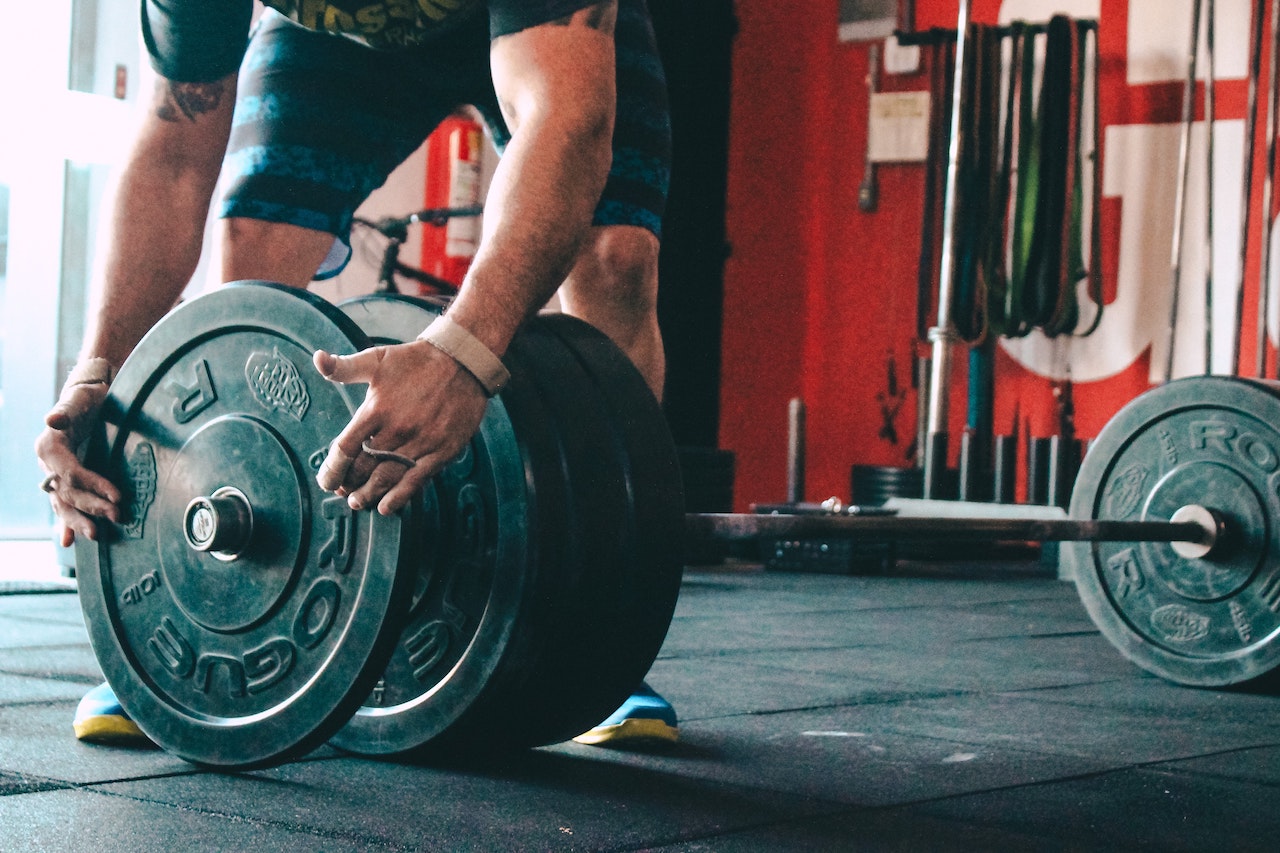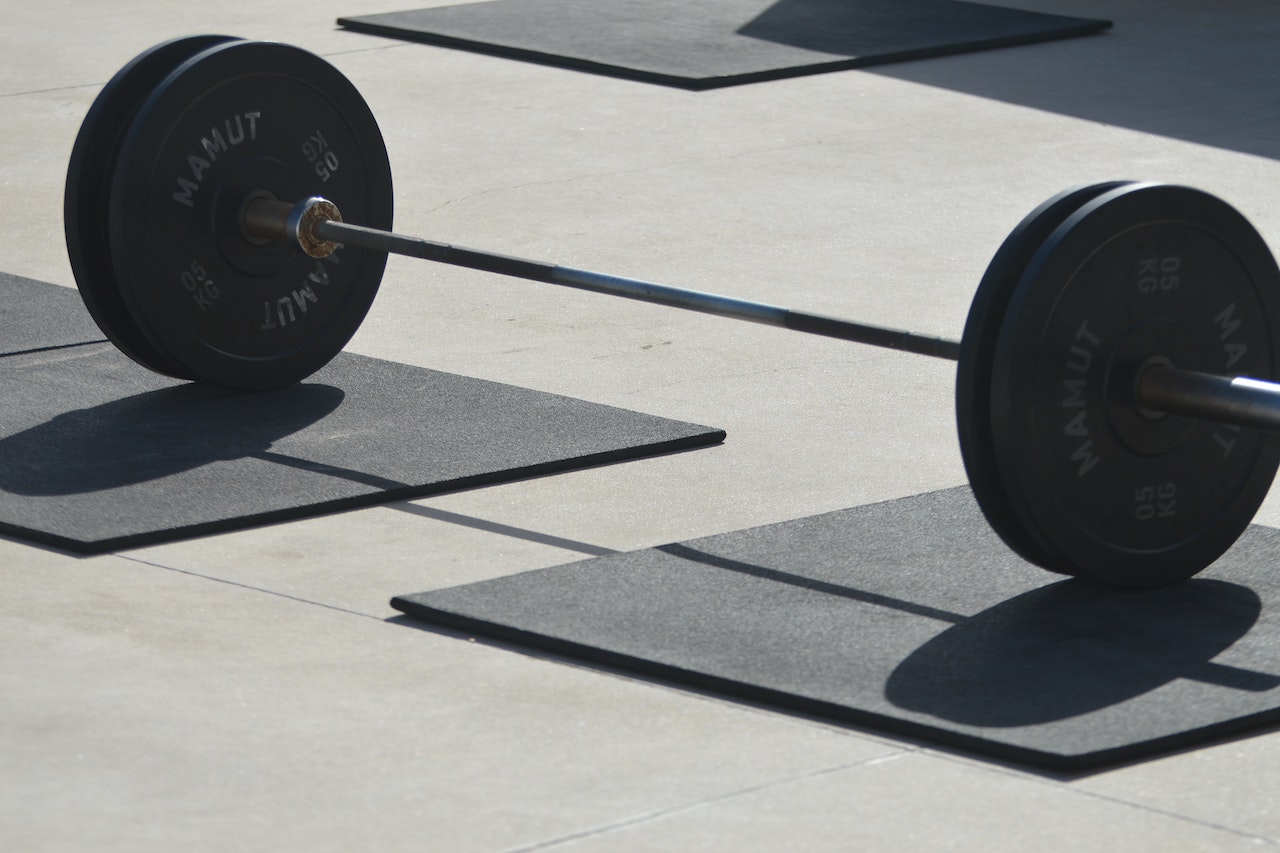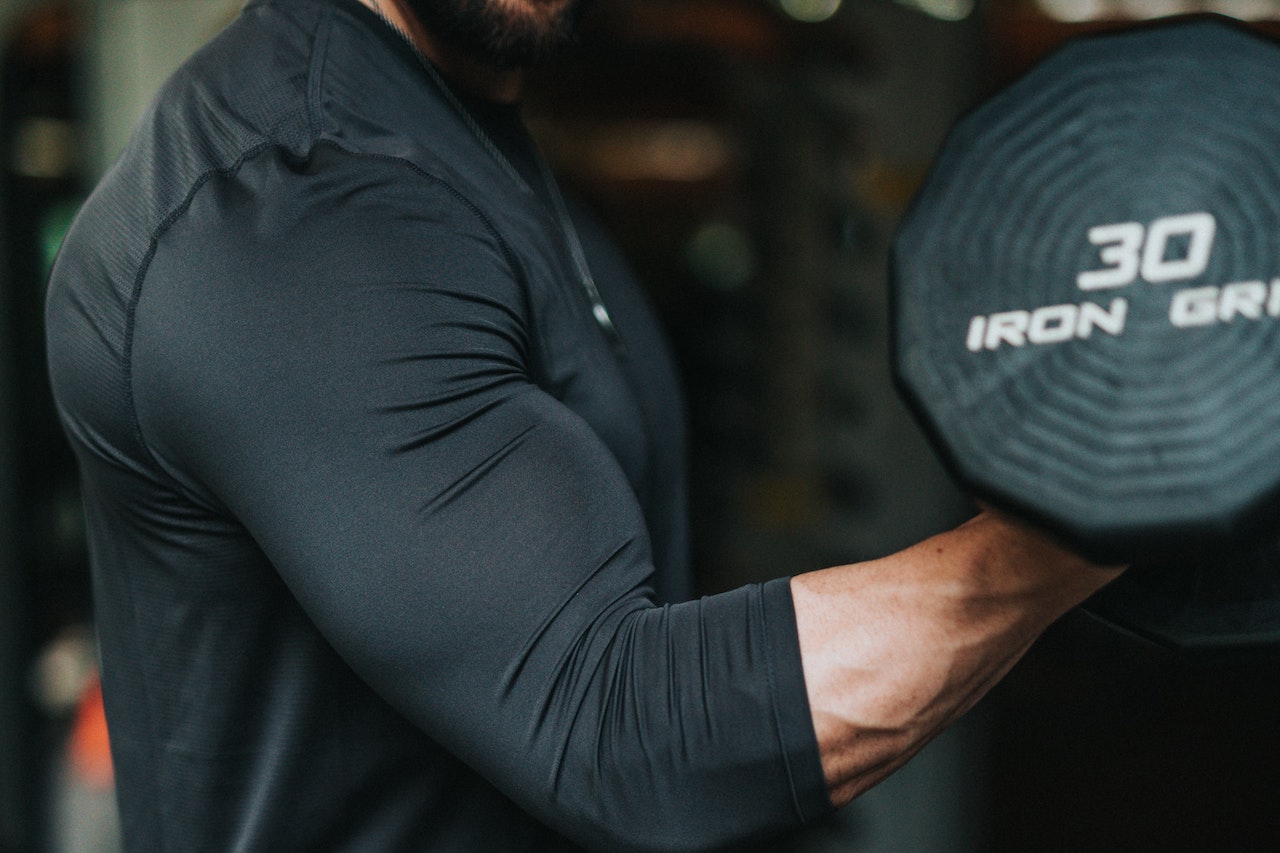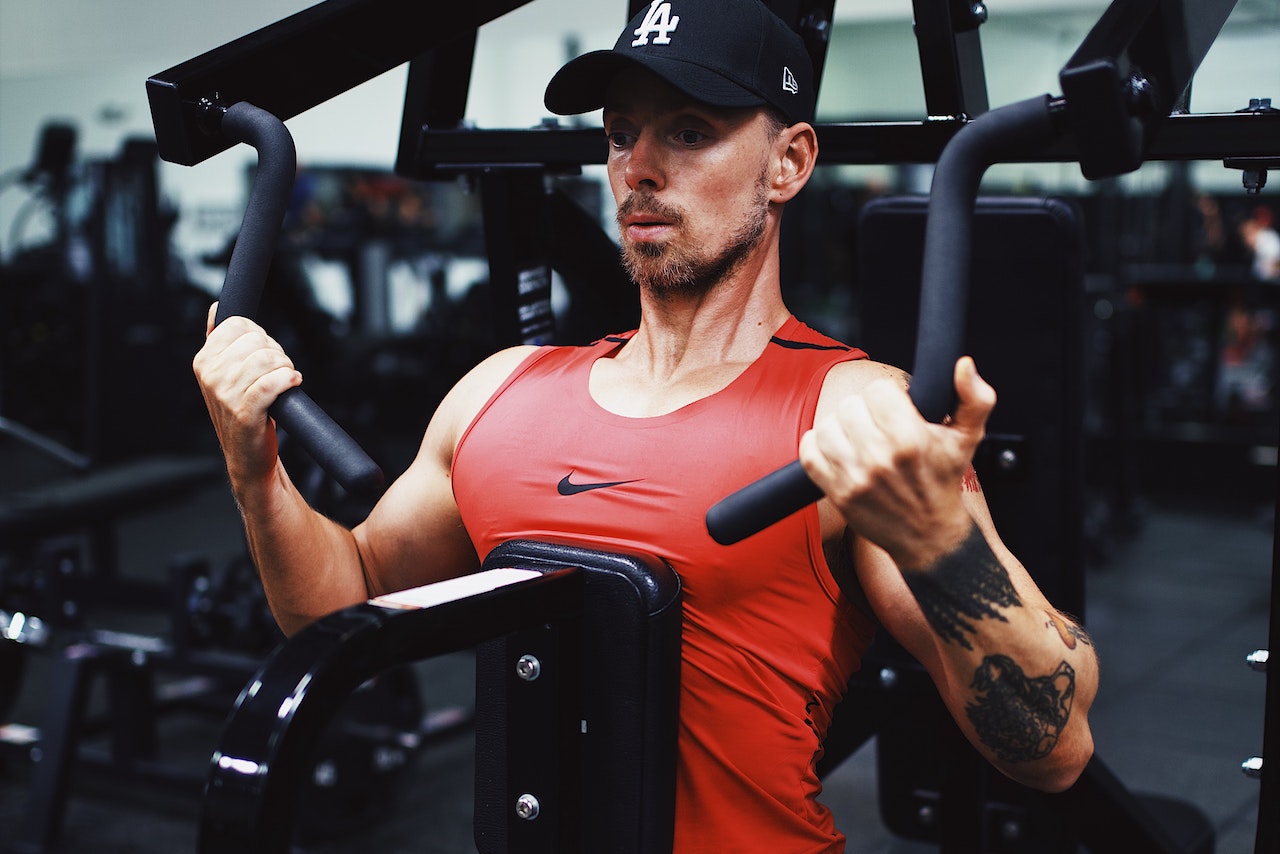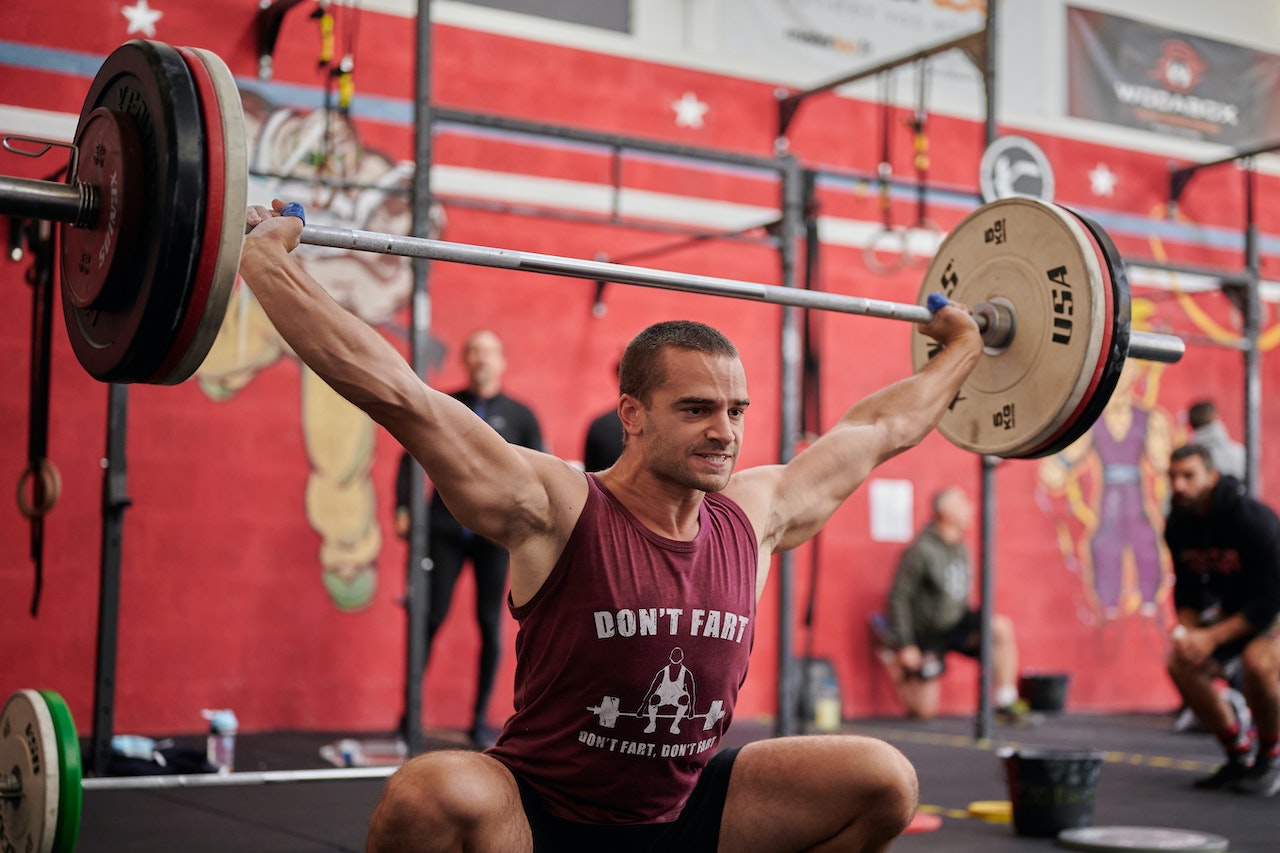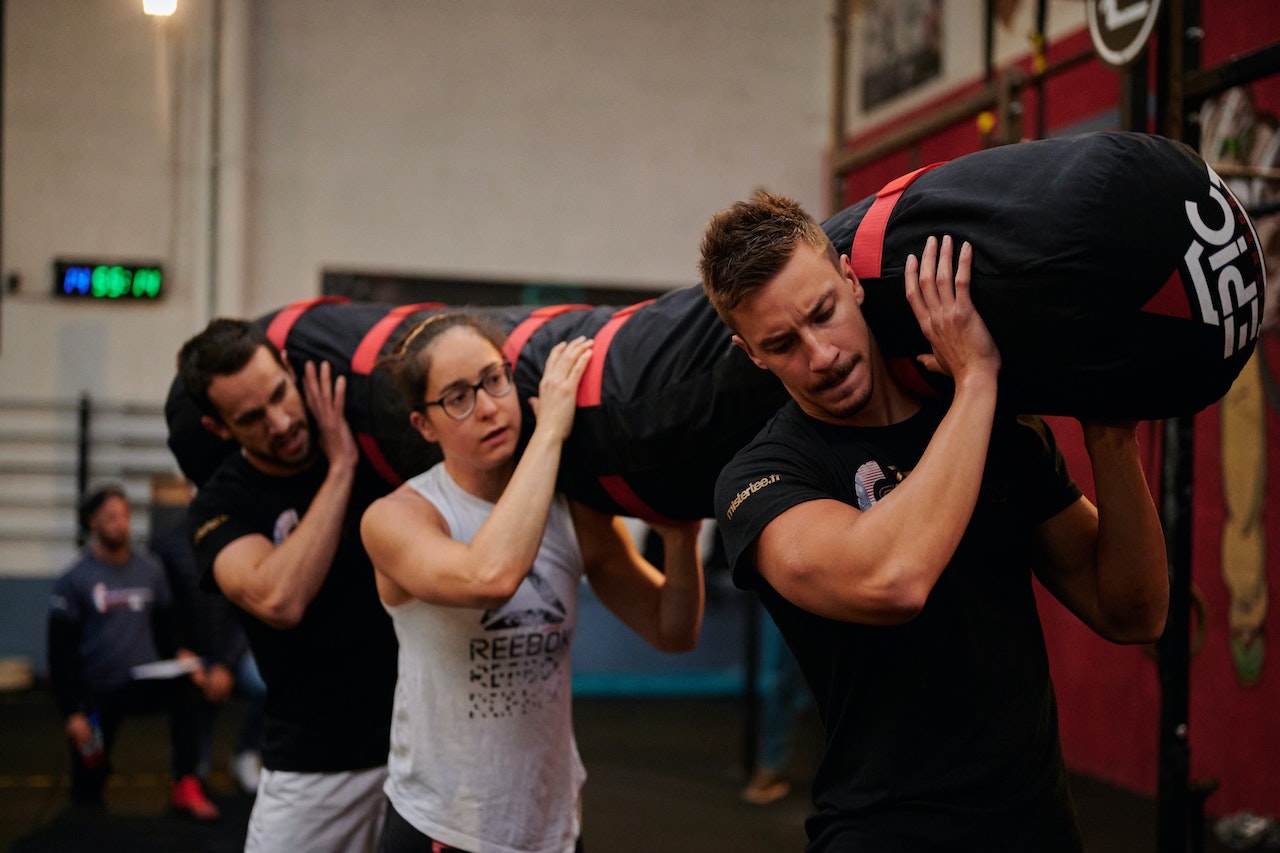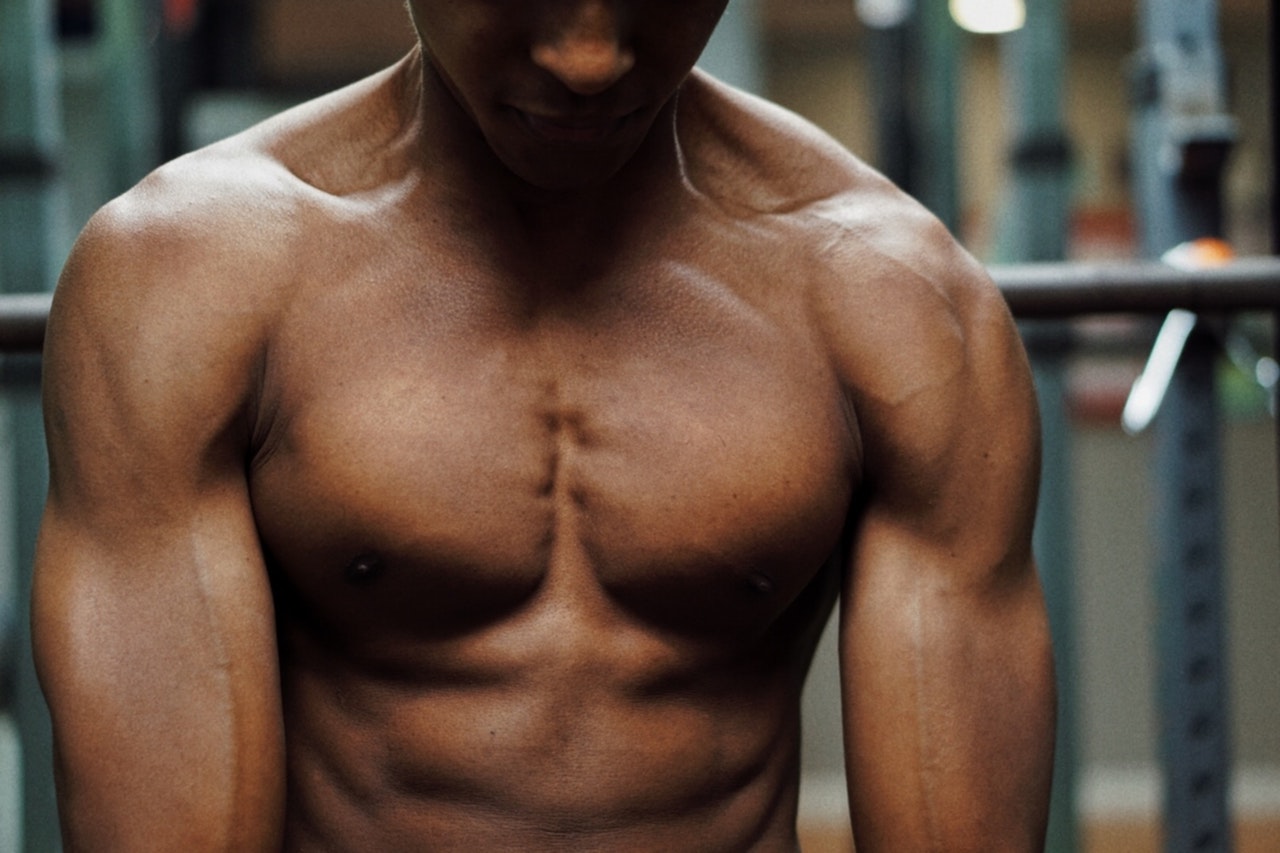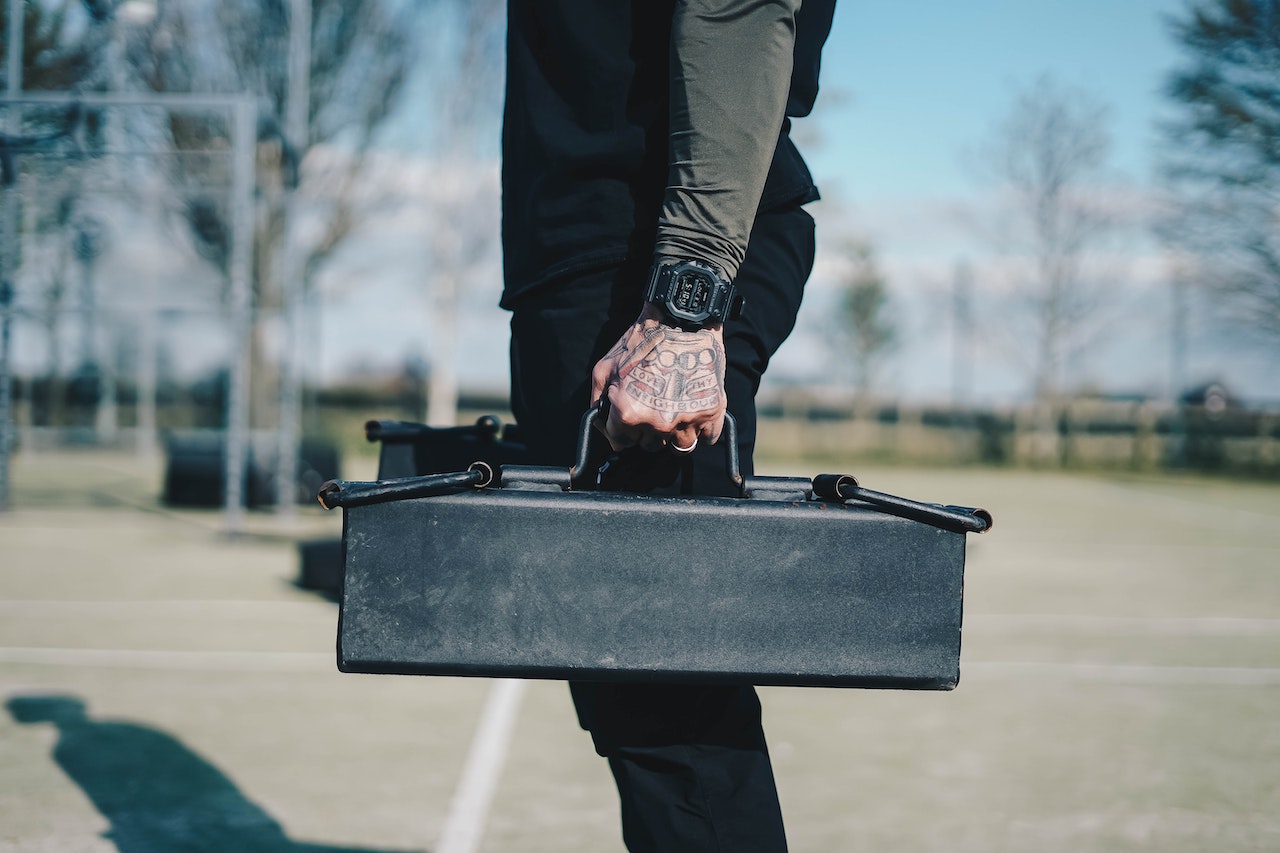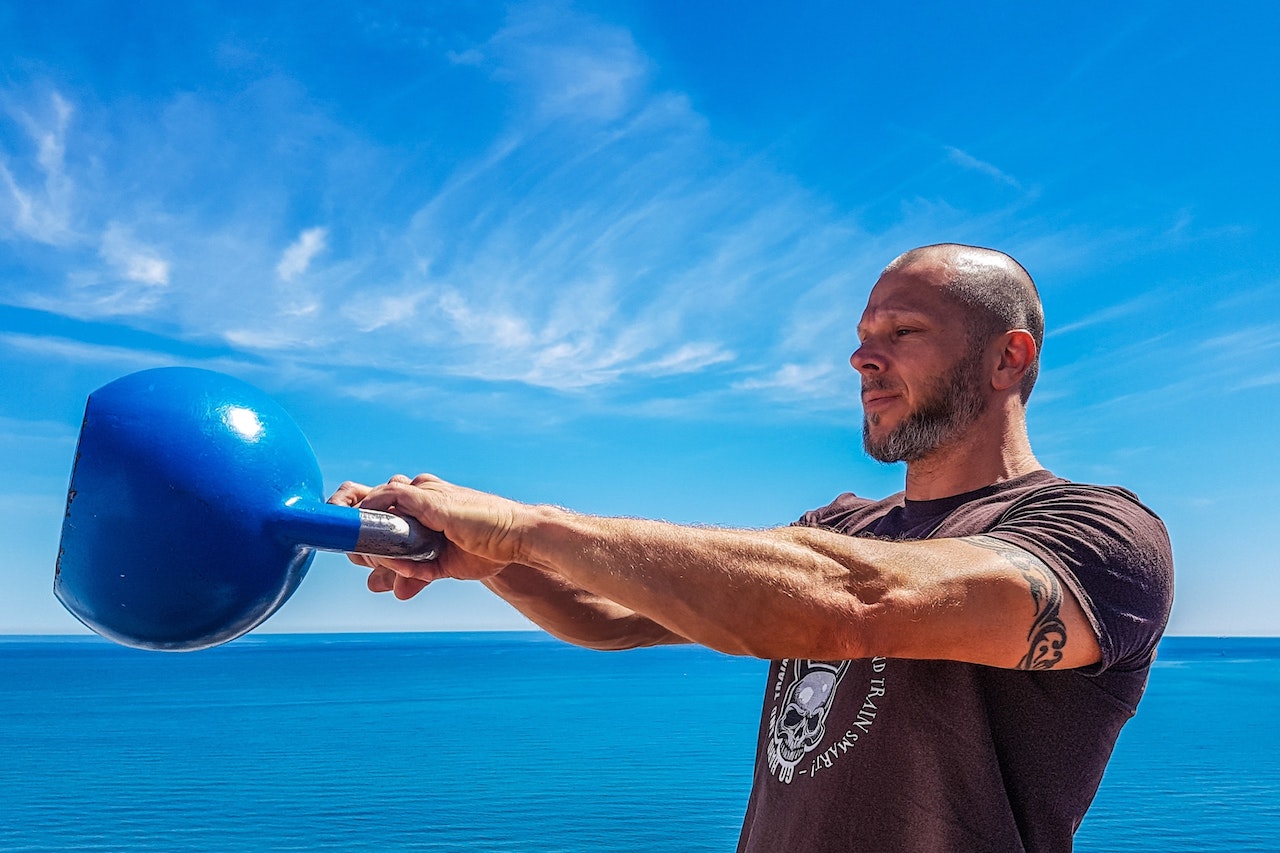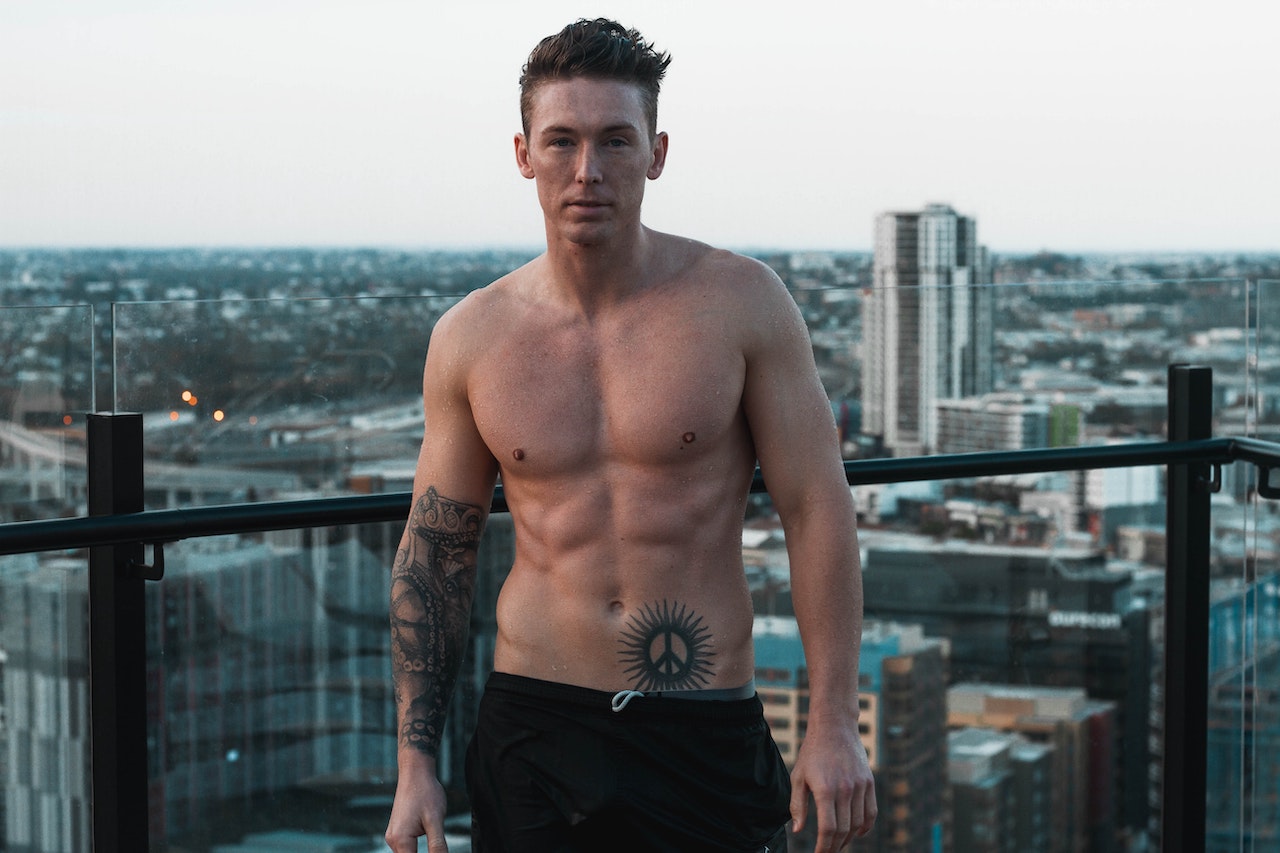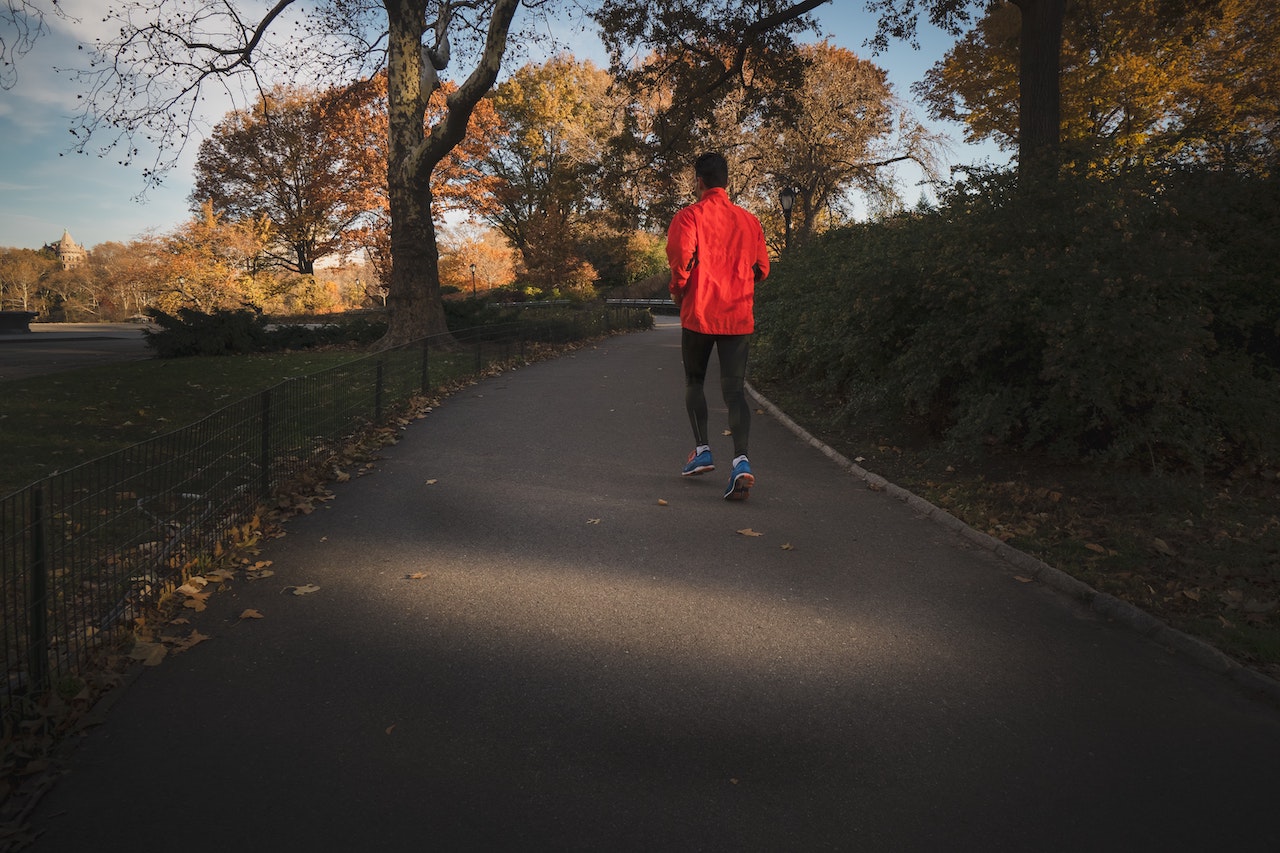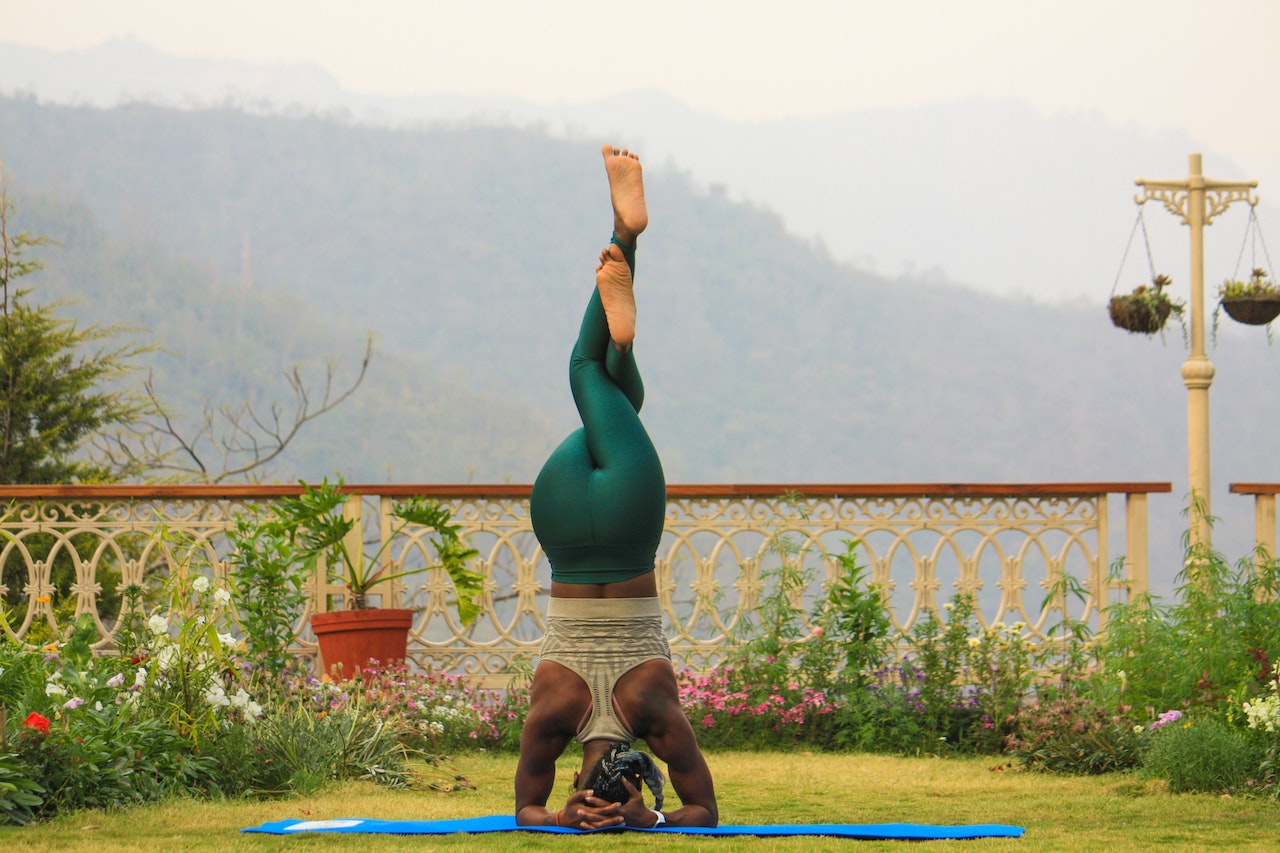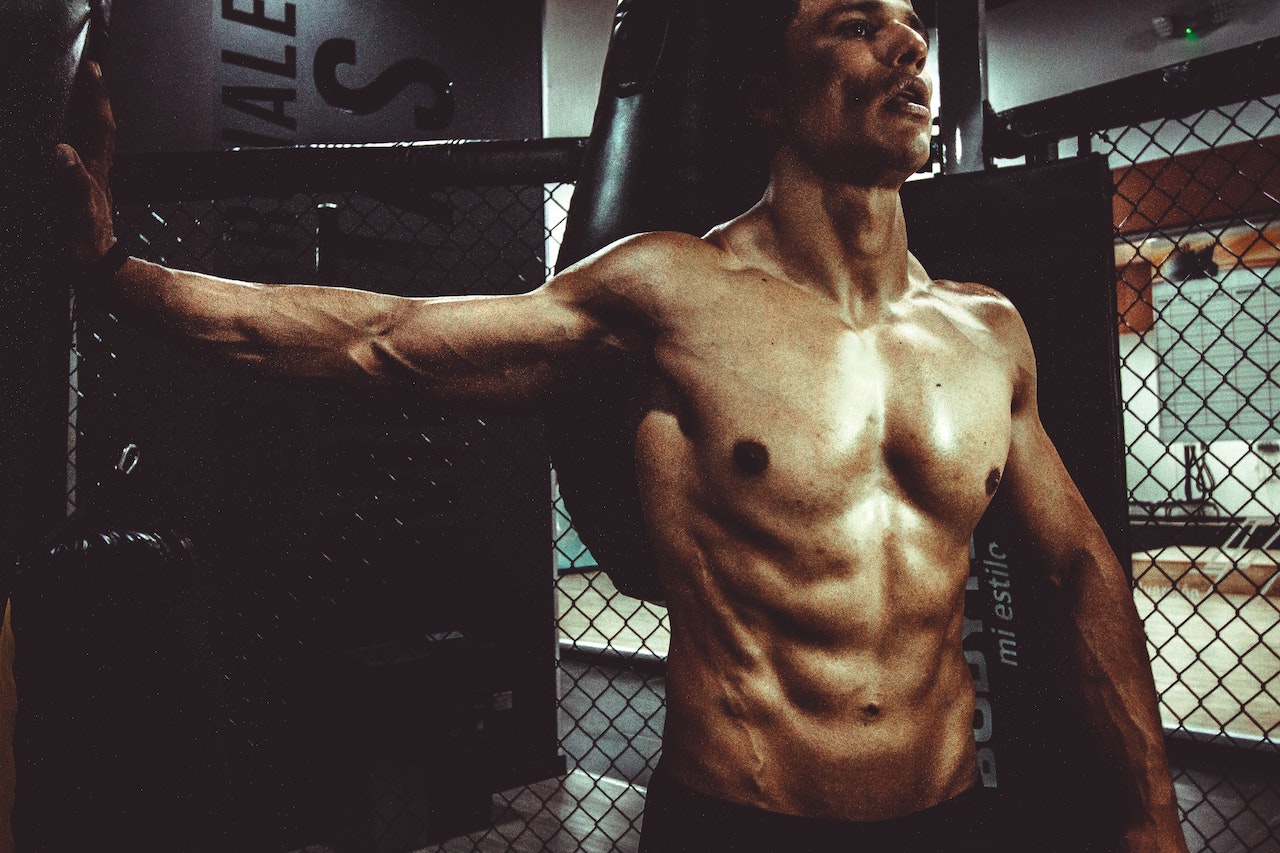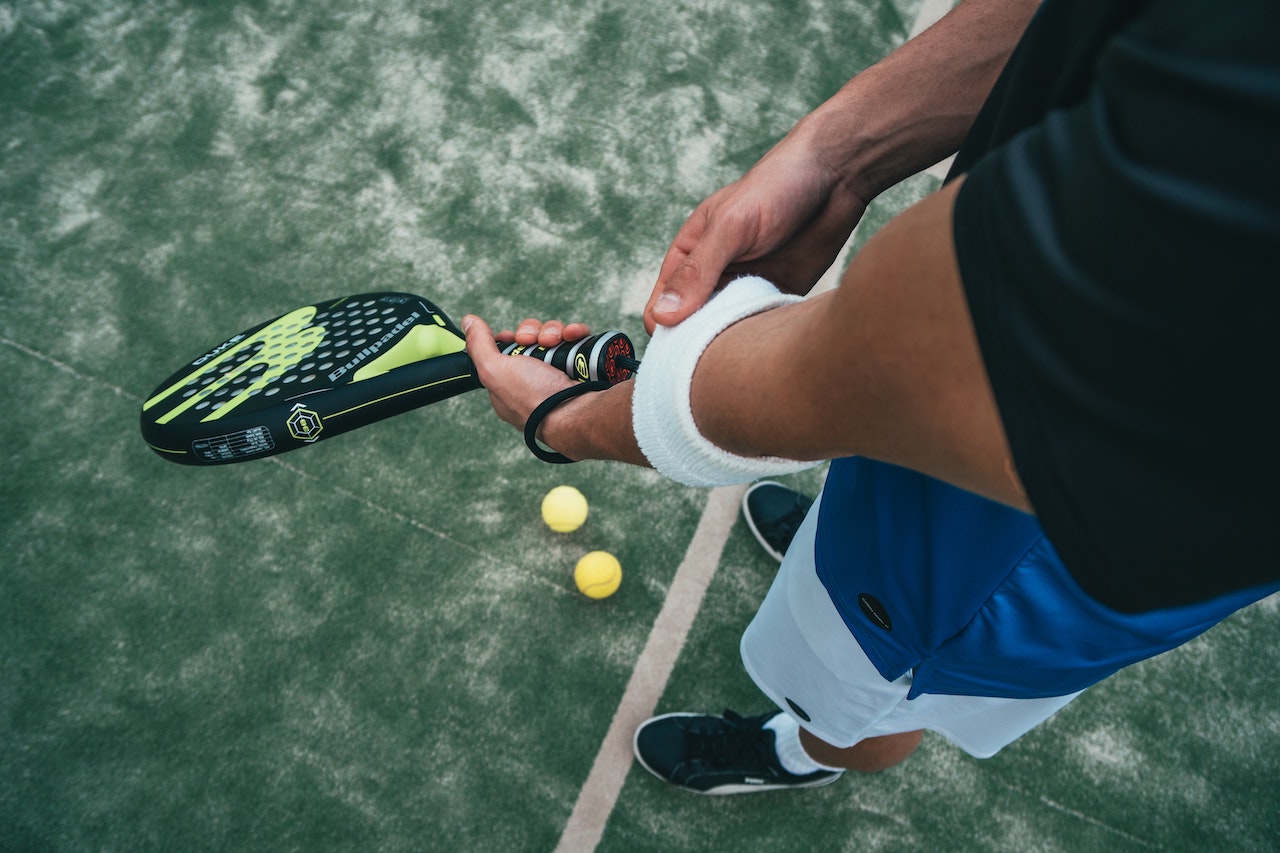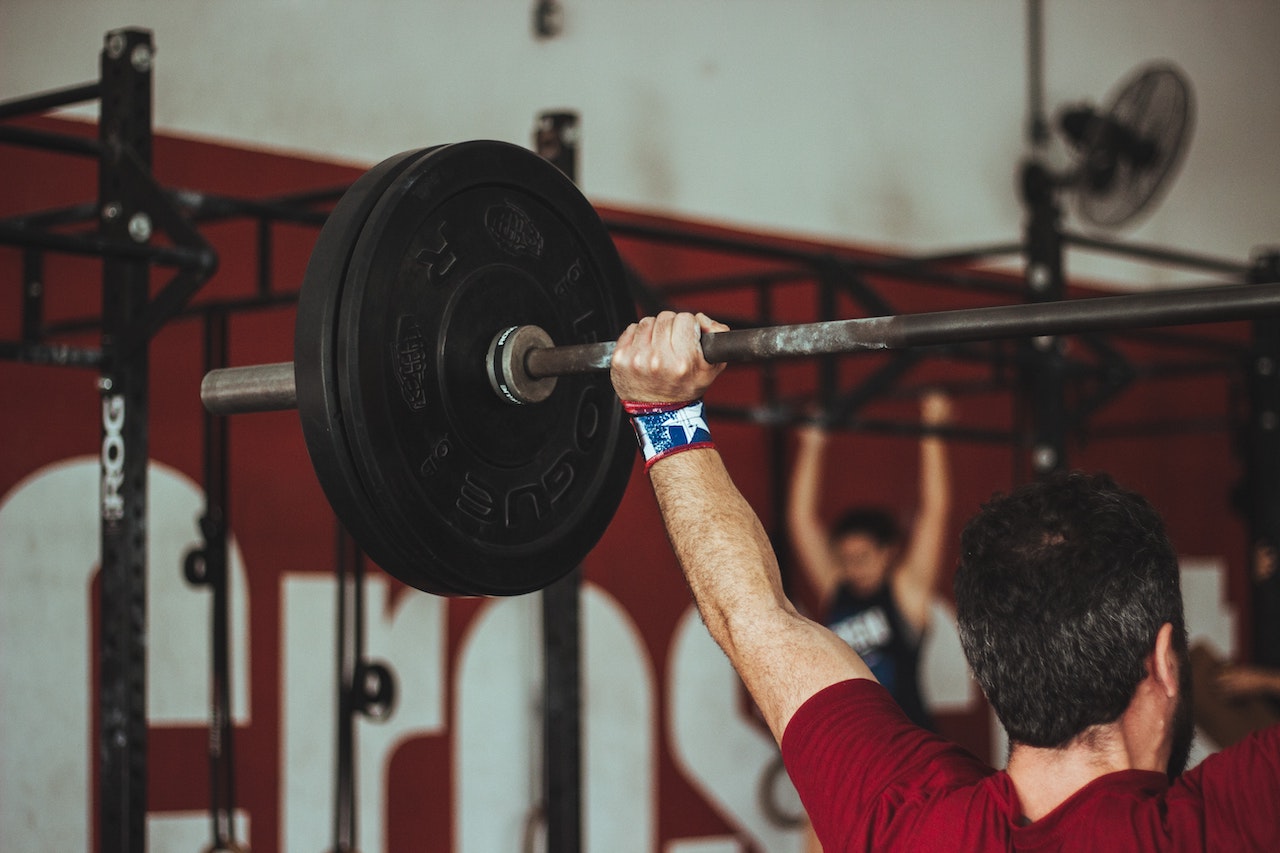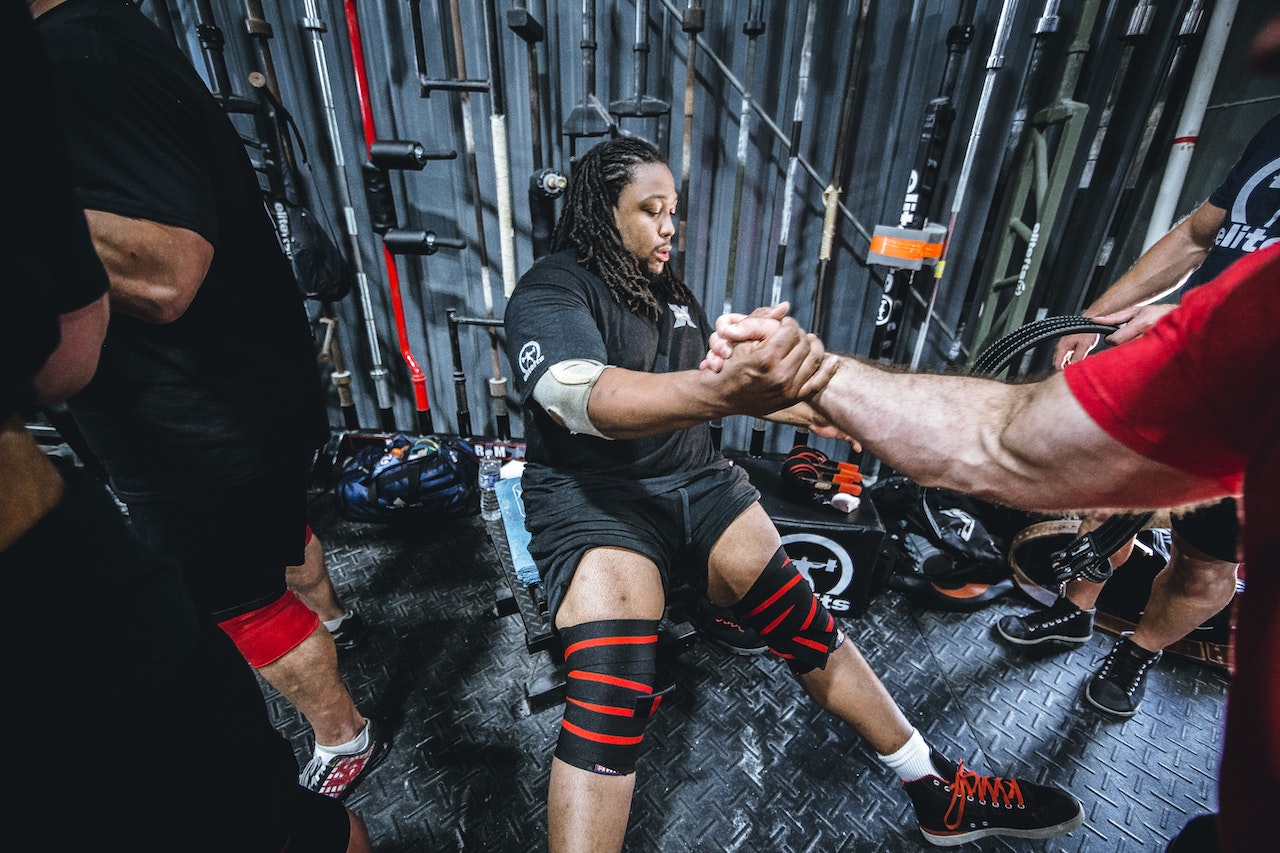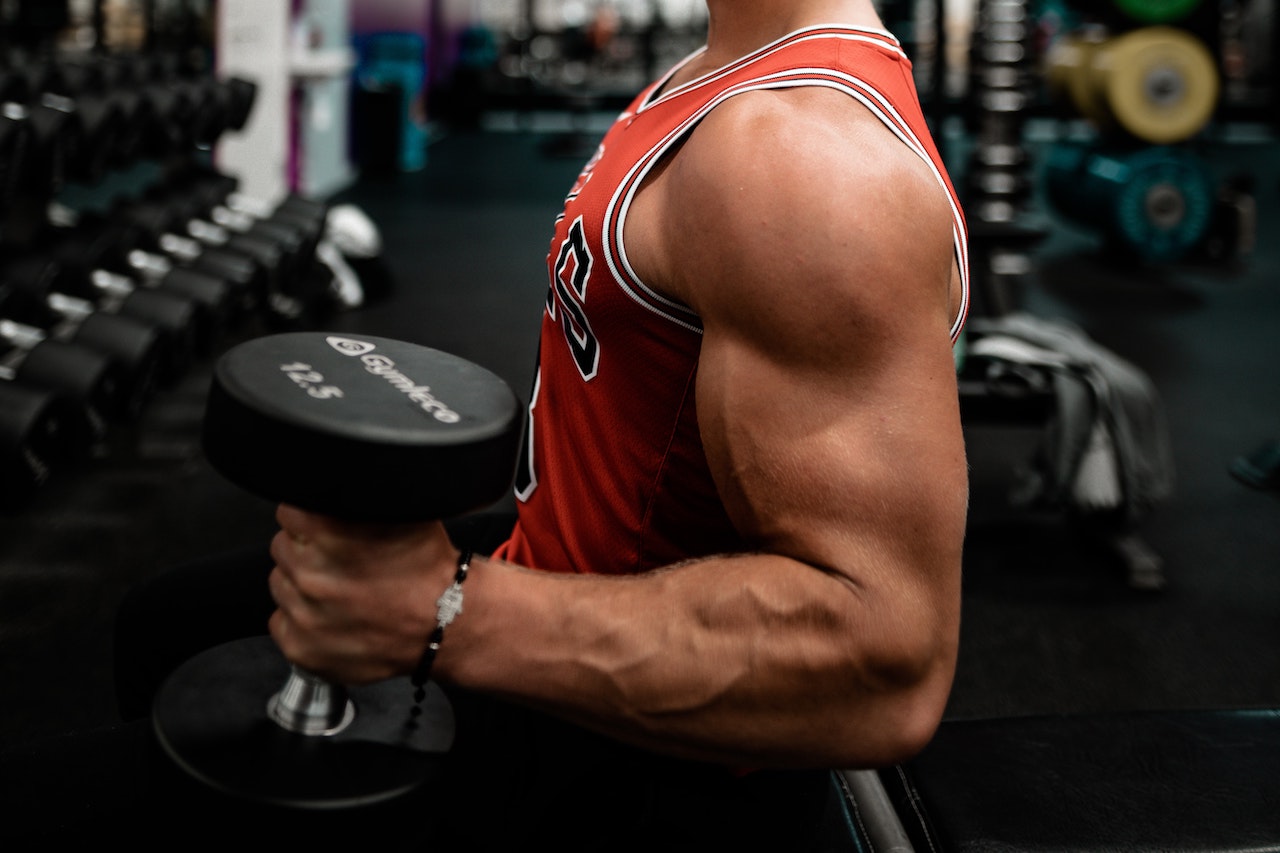whether you are a novice or an experienced driver, you will not exclude the barbell bench press from your workout, but with the dumbbell flyover, many people will selectively ignore it. Naturally, it is slightly less effective than the bench press in terms of increasing pectoral girth, but it is unmatched by the bench press in terms of carving out chest detail and separation.
Most importantly, the triceps don't play the same role as in the bench press when completing the flyes, allowing for better isolation of your pectoralis major. The dumbbell fly is one of the few pectoral exercises that is based on a "Centrifugal contraction". This means that the tearing of muscle fibres is more pronounced, which helps with muscle growth (hypertrophy)! Aren't you a little excited?
In today's dumbbell fly, we will be looking at.
1. The movements and techniques of the dumbbell fly
2. The benefits of the dumbbell fly
3. The muscles that are worked in the dumbbell fly
4. Who should do the dumbbell fly?
5. Suggestions for sets, reps and arrangements for the dumbbell fly
6. Variations and alternatives to dumbbell flyes
7. How to do the dumbbell fly

dumbbell flyes need to be done progressively and how to do them properly and complete them, now talking about the plank dumbbell flyes.
1. Adjustments
start by raising the dumbbells over your chest by lying on your back on a flat bench. Clench your shoulder blades hard, similar to a bench press, and arch your lower back slightly. Locking the scapulae, lower the dumbbells to the sides and feel the anterior bundle of the chest and deltoids being stretched.
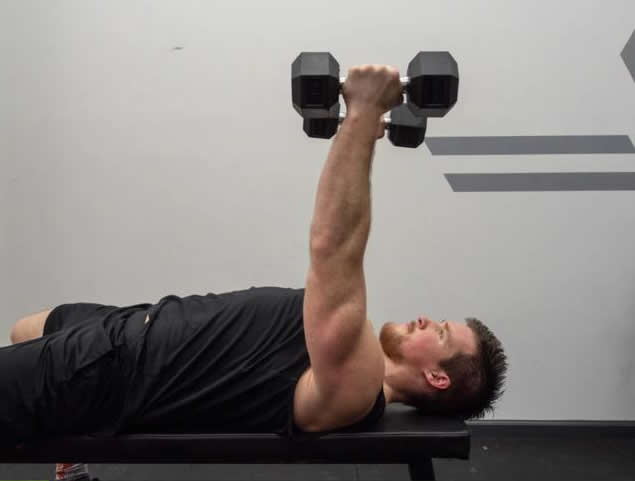
recommendation: This movement does not need to be heavy. The key is to keep the elbows slightly flexed and stationary to isolate the pectoral muscles responsible for the shoulder joint inversion.
2. Centrifugal/delegation phase
open the pectoral muscles and increase the distance between the two dumbbells. As a rule, focus on the depth of the movement to avoid increasing shoulder discomfort. Reach a fully extended position, holding a short stay stretch before contracting the pectoral muscles to start the upward movement.
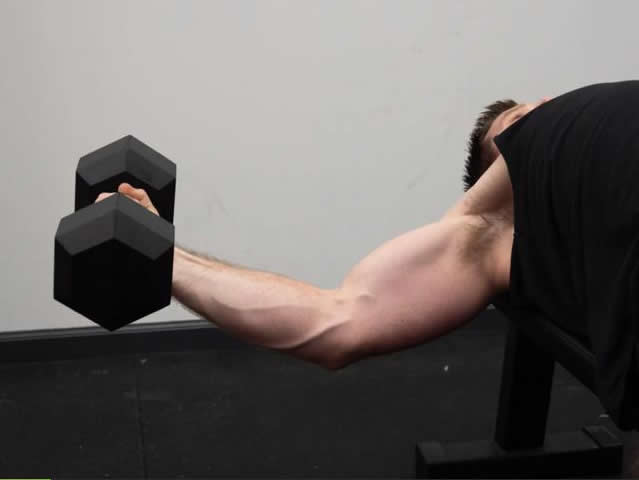
3. Reduction
during the centrifugal phase, take care to keep the scapulae tightened and fixed downwards to reduce stress and discomfort on the anterior shoulder fasciculus. Return to the starting position, squeeze the pecs and do a 'bearhug', then maintain the bearhug upwards, not simply pushing upwards, without the dumbbells touching each other at the highest point.
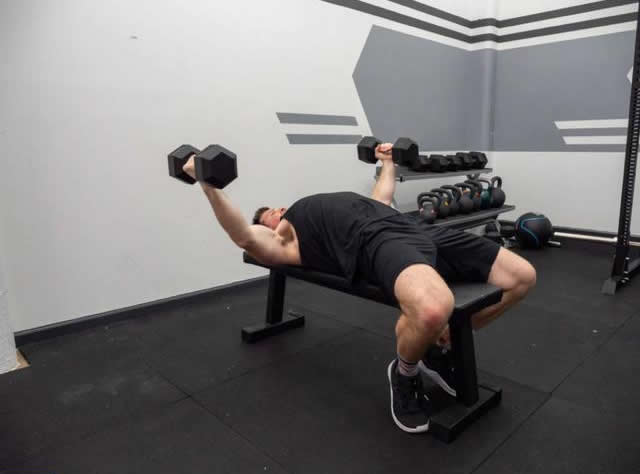
3 benefits of the dumbbell fly
for most of the little ones, there are three benefits to be gained from using the dumbbell flyes in training.
1. Increasing chest muscle hypertrophy / circumference
the isolation movement is a great way to further build muscle mobility and those specific muscles that cannot get extra load through a compound multi-joint bench press training program. Adding dumbbell flyes to your program is a great way to increase muscle work and can help you strengthen your chest bulk and strength potential.
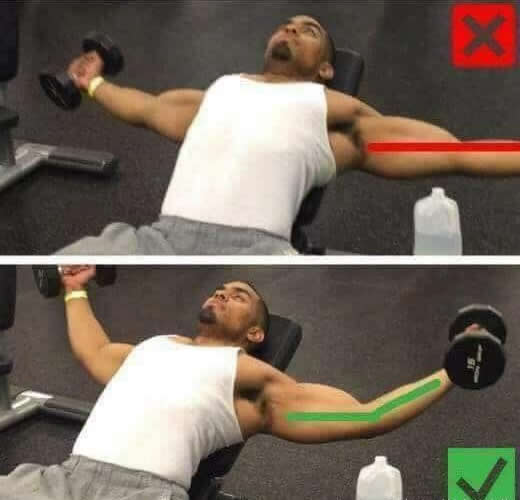
2. Add dimension to your pectoral training
dumbbell flyes are a valuable exercise for adding another dimension to chest training and often help to maximise the size, detail and growth of the overall pecs. Multi-angle dumbbell flyes can also help to further stimulate new muscle fibres and hypertrophy.
3. Isolated stimulation of the pecs
while we often discuss obtaining optimal strength and athletic performance leading to multi-joint compound movements, dumbbell flyes are valuable if you are trying to specifically target your pecs with dumbbell exercises for further development or injury prevention.
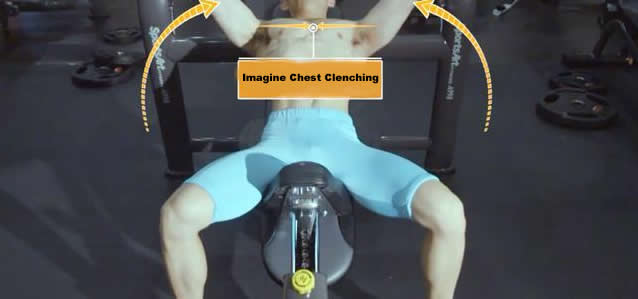
using dumbbell flyes (and other variations/alternatives to flyes) can contribute to both of these purposes, while also minimising the risk of excessive wear and tear (often encountered in some compound pushing movements) against the triceps, elbows, wrists and shoulders.
Muscles that do the work in the dumbbell fly
the dumbbell fly is an isolation movement that can be used to increase pectoral muscle mass. Here we will analyse the muscles involved in the dumbbell flyes.
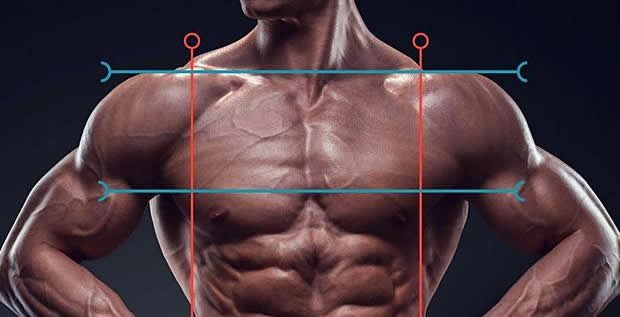
1. Pectoralis major
the muscle targeted in the dumbbell fly is the pectoralis major. It is this single joint movement that allows the dumbbell flyover to be used to specifically isolate the pectoral fibres, with minimal involvement of the other supporting muscles during the movement.
2. Anterior deltoid
although the anterior deltoid bundle is not the main muscle group in the dumbbell fly, they will support the pectoral muscles in doing work during this movement.
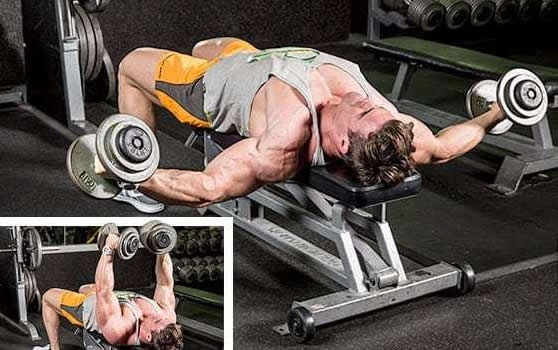
3. Scapular stabilising muscles
the scapular stabilising muscles are in an active position in the dumbbell flyes as they are needed to stabilise the shoulders during the movement to help stabilise the shoulder joint. Without a properly stabilised shoulder, the anterior deltoid muscle may be recruited more than the pectoralis muscle, thus reducing the efficiency of the dumbbell flyes.
Who should do the dumbbell flyes?
Why can we get results from dumbbell flyes?
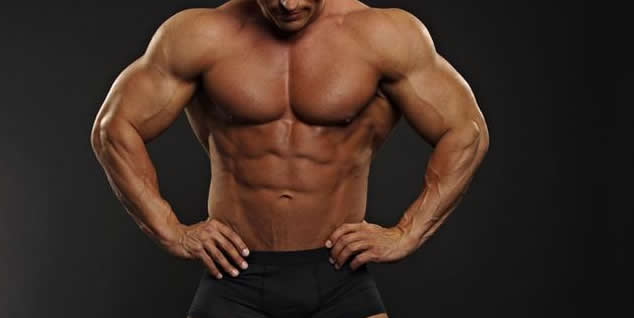
1. Strength athletes
can bring about pectoral muscle hypertrophy and muscle growth, professional athletes who are involved in strength as well as sports that require strength can benefit from the dumbbell flyes. As well as being used to strengthen the bench press, dumbbell flyes can also be used to improve power production and pectoral muscle strength at the end range, and to aid recovery from injury.
2. Bodybuilders
dumbbell flyes are a powerful single joint chest exercise that can be used to increase the development of pectoral hypertrophy. It can be done after major heavy weight movements to maximise the destruction of muscle fibres. In addition, dumbbell flyes can also be scheduled at the beginning of a workout to pre-fatigue the muscles and help activate the pecs to stimulate muscle growth.
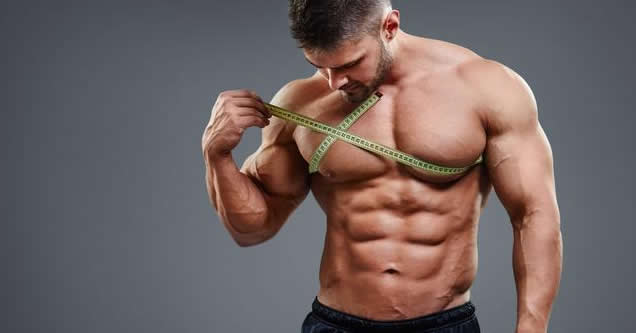
3. General health purposes
most fitness programmes benefit from multi-joint, compound movements that maximise muscle growth and metabolic stress. Therefore, dumbbell flyes are not essential to a training programme either.
How to arrange dumbbell flyes
here are three main training goals and scheduling suggestions. These are general guidelines and should never be used as the only way to schedule a program.
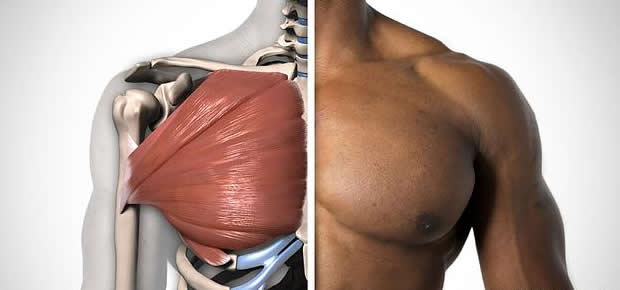
1. General strength training - reps and sets
for general strength training, complete more sets with fewer reps. Note that too much weight can easily strain the shoulders and pecs, and you should only be careful about trying larger weights for flyes once you have mastered the technique with lighter weights.
Sets: 4-6; reps: 4-6; rest between sets: 60-90 seconds
2. Muscle hypertrophy reps and sets
to increase muscle size and hypertrophy, the following reps can be used
sets: 4-6; reps: 8-12; rest between sets: 60-90 seconds (medium to heavy weight training)
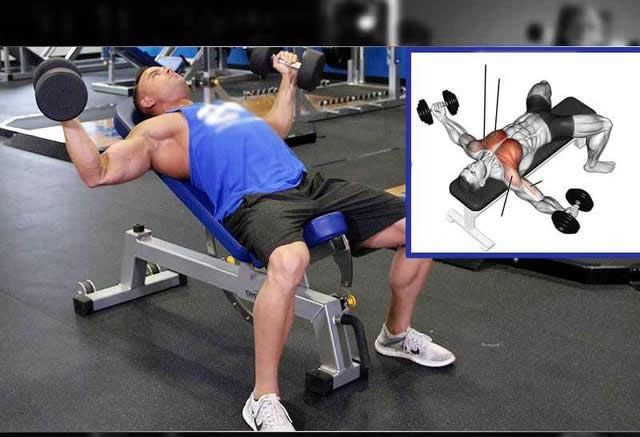
3. Muscular endurance - reps and sets
to train more powerful muscular endurance, we recommend higher reps and/or shorter rest periods.
Sets: 2-3; reps: 12+; rest between sets: 60-90 seconds
variations of the dumbbell flyes
here are two different variations of the dumbbell flyes through which to keep training varied and progress consistently.
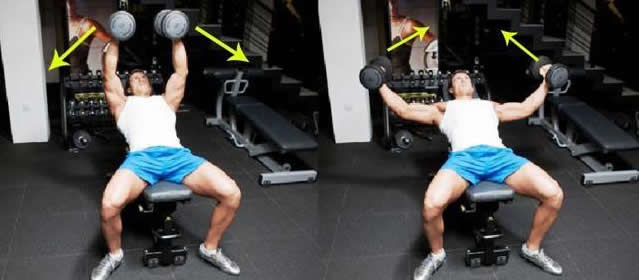
1. Upward incline dumbbell fly
the upward incline dumbbell fly is a dumbbell fly variation lying on an upward incline bench. Like the upward incline bench press, this angle targets the upper pecs and is used to stimulate new muscle growth and strength.
2. Downward incline dumbbell fly
the downward incline dumbbell fly is a dumbbell fly variation lying on a downward incline bench. Like the downward incline bench press, this angle targets the lower edge of the pectoralis major and stimulates new muscle growth and strength.
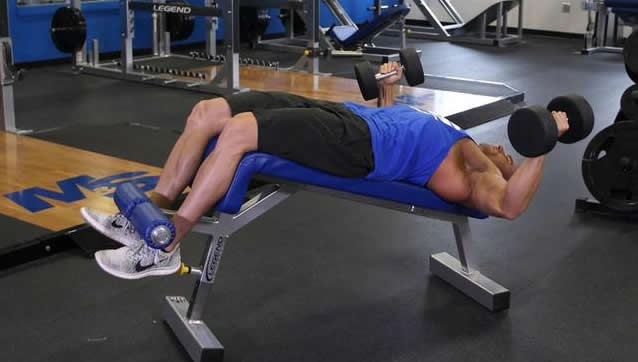
alternatives to dumbbell flyes
the following two alternative movements to the dumbbell flyes can be used to increase strength and strengthen muscle mass and muscular endurance.
1. Butterfly machine chest clamps
the butterfly machine is a great alternative move for those who cannot hold the correct position well for the flyes. This movement is also ideal for those partners who have wrist or elbow discomfort.
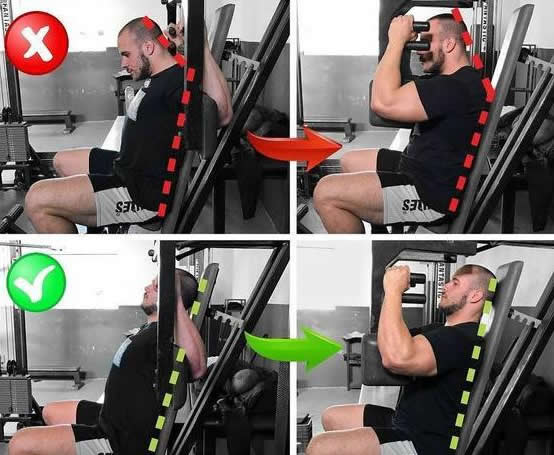
2. Rope pinch chest
the rope chest press is very similar to the bird of prey and can be done seated or standing. This movement places more emphasis on the parietal contraction and at the same time addresses the instability of the shoulders, completing the rope chest press with multiple angles.
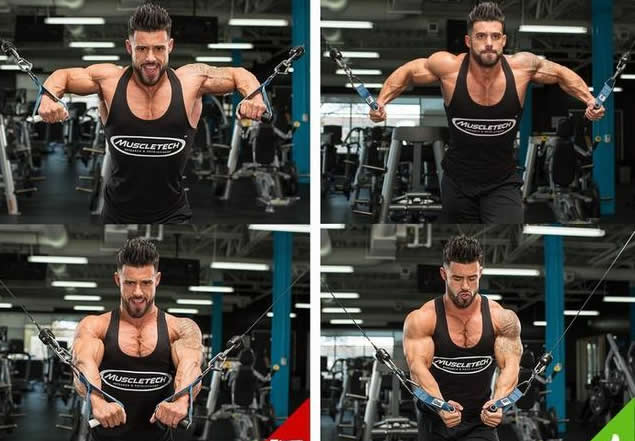
some of you find that the dumbbell flyes can cause shoulder discomfort that cannot be resolved no matter how tightly the shoulder blades are tightened.
If you have given up on dumbbell flyes for this reason, then give up well, flyes really aren't for you, focus on barbell presses, dumbbell bench presses and other movements to build your pecs.

